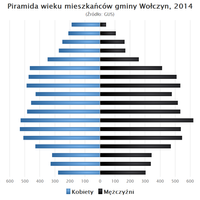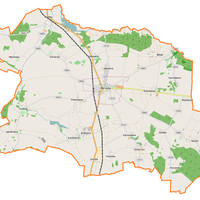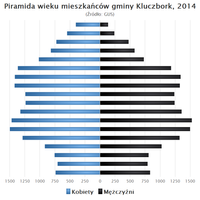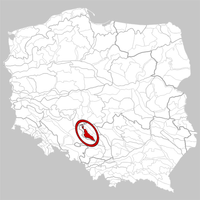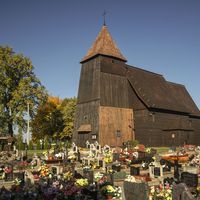Kluczbork County
7.62
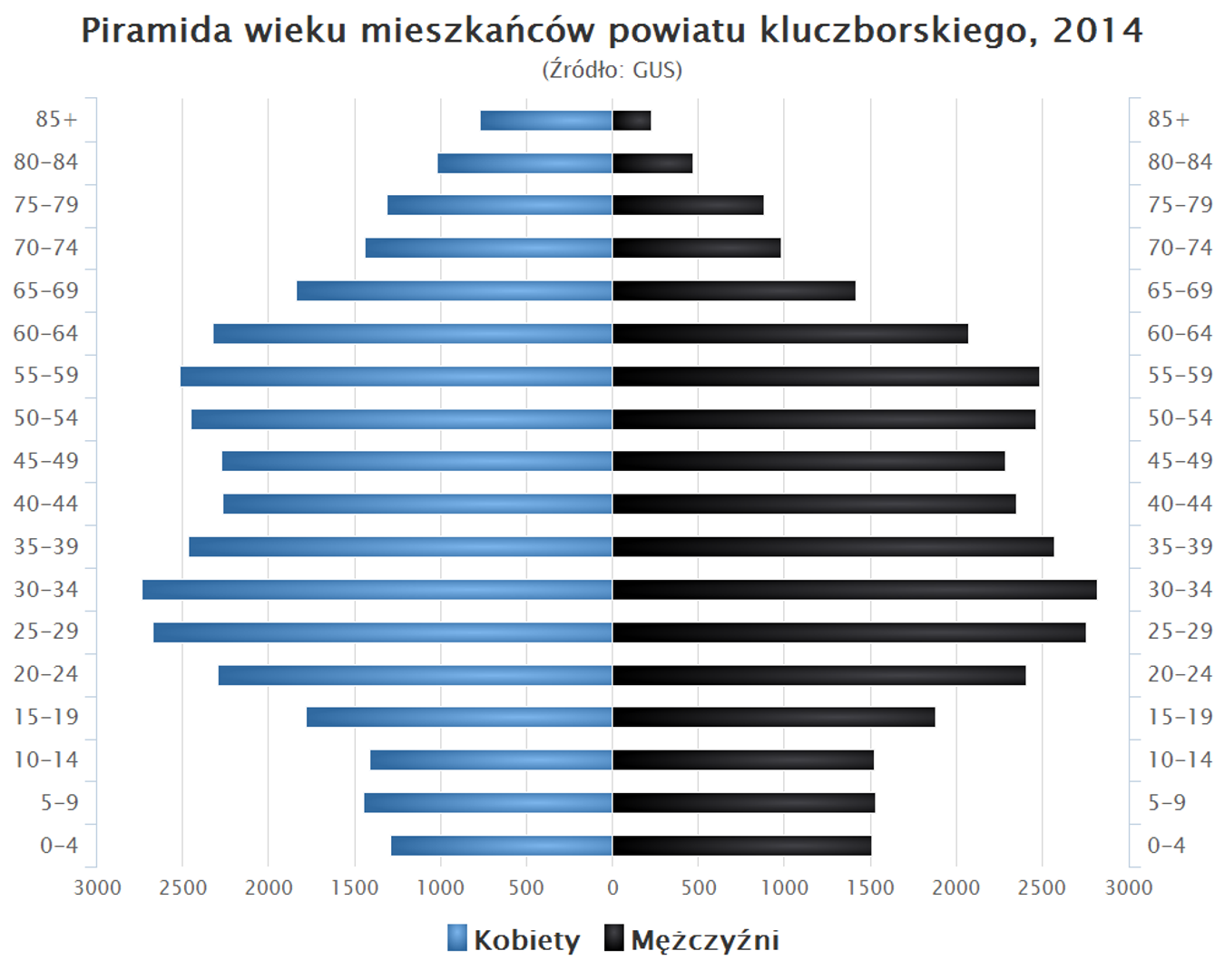
Overview
Kluczbork County, located in the Opole Voivodeship, was established in 1999 and has its seat in the town of Kluczbork. It consists of the urban-rural municipalities: Byczyna, Kluczbork, and Wołczyn, as well as the rural municipality of Lasowice Wielkie. The county's area lies on the Silesian Lowland, in the valley of the Stobrawa River, with a lowland landscape where areas below 250 meters above sea level predominate. Historically, the Kluczbork lands belonged to both Lower and Upper Silesia, and in the 19th century, the county was part of Prussia, where the Polish-speaking population was dominant. Kluczbork is an important industrial and transportation hub, with developed road and rail routes. In the post-World War II period, the county became a settlement area for repatriates, which influenced the region's demographics. The county's economy is agricultural-industrial, with key sectors including the electrical machinery and food industries. Kluczbork County has established partnerships with the German district of Bad Dürkheim and the Brzezany district in Ukraine. A significant point in the region's history is the population statistic from 1861, which recorded 27,780 inhabitants. Interesting architectural elements can also be found here, such as historic buildings in Kluczbork and Byczyna, which are part of the local culture and tradition. The county also has mineral resources, including Wołczyn brine, which further underscores its importance. Kluczbork county leaders, such as Stanisław Rakoczy and Piotr Pośpiech, have shaped the region's development over the past two decades. Finally, it is worth noting that the county is currently inhabited by approximately 72,800 people, reflecting its dynamic growth and demographic changes over the years.
Location
State
Opolskie Voivodeship
Country
2025 Wizytor | All Rights Reserved



